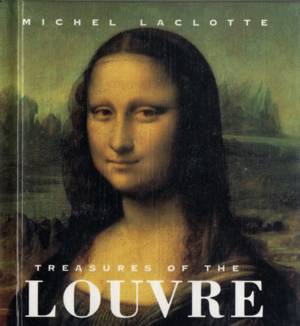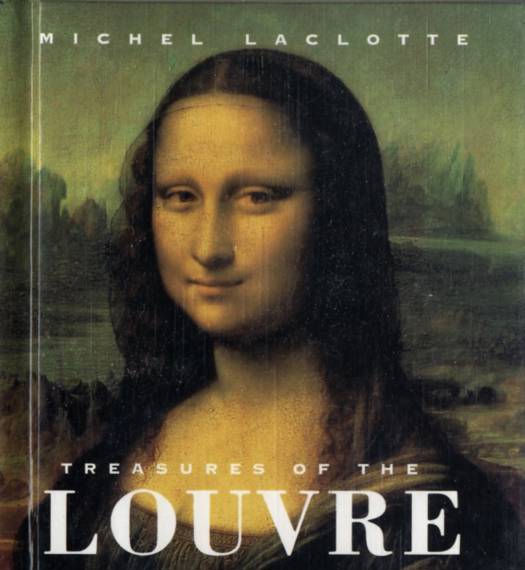
- Afhalen na 1 uur in een winkel met voorraad
- Gratis thuislevering in België vanaf € 30
- Ruim aanbod met 7 miljoen producten
- Afhalen na 1 uur in een winkel met voorraad
- Gratis thuislevering in België vanaf € 30
- Ruim aanbod met 7 miljoen producten
Zoeken
Omschrijving
With superb full-color reproductions of nearly 400 of the museum's most renowned masterpieces, this glorious Tiny Folios(TM) volume provides a grand tour in miniature of the Louvre's unparalleled collection, and highlights the extraordinary range of artistic traditions that have gradually found their place in the world's most famous museum.
Two hundred years ago, the doors of the Louvre opened to the public for the very first time. The palace of the French kings had been transformed into a museum that today stretches over an enormous architectural ensemble right in the heart of Paris.
The royal collections first assembled by Francis I in the sixteenth century were later transferred to the Louvre palace, and this prestigious core was further enriched with artistic treasures during the Revolutionary period. The collections have been growing ever since, and are today divided into seven departments. Oriental Antiquities, Egyptian Antiquities, and Greek, Etruscan, and Roman Antiquities illustrate the art and culture of the ancient Near East and Middle East and the Mediterranean countries. The other four so-called "modern" departments--painting, sculpture, decorative arts, and drawing--span Western art from the height of the Middle Ages to the mid-nineteenth century.
Two hundred years ago, the doors of the Louvre opened to the public for the very first time. The palace of the French kings had been transformed into a museum that today stretches over an enormous architectural ensemble right in the heart of Paris.
The royal collections first assembled by Francis I in the sixteenth century were later transferred to the Louvre palace, and this prestigious core was further enriched with artistic treasures during the Revolutionary period. The collections have been growing ever since, and are today divided into seven departments. Oriental Antiquities, Egyptian Antiquities, and Greek, Etruscan, and Roman Antiquities illustrate the art and culture of the ancient Near East and Middle East and the Mediterranean countries. The other four so-called "modern" departments--painting, sculpture, decorative arts, and drawing--span Western art from the height of the Middle Ages to the mid-nineteenth century.
Specificaties
Betrokkenen
- Auteur(s):
- Uitgeverij:
Inhoud
- Aantal bladzijden:
- 384
- Taal:
- Engels
- Reeks:
- Reeksnummer:
- nr. 9
Eigenschappen
- Productcode (EAN):
- 9780789204066
- Verschijningsdatum:
- 1/10/1997
- Uitvoering:
- Hardcover
- Formaat:
- Genaaid
- Afmetingen:
- 118 mm x 118 mm
- Gewicht:
- 312 g

Alleen bij Standaard Boekhandel
+ 25 punten op je klantenkaart van Standaard Boekhandel
Beoordelingen
We publiceren alleen reviews die voldoen aan de voorwaarden voor reviews. Bekijk onze voorwaarden voor reviews.











